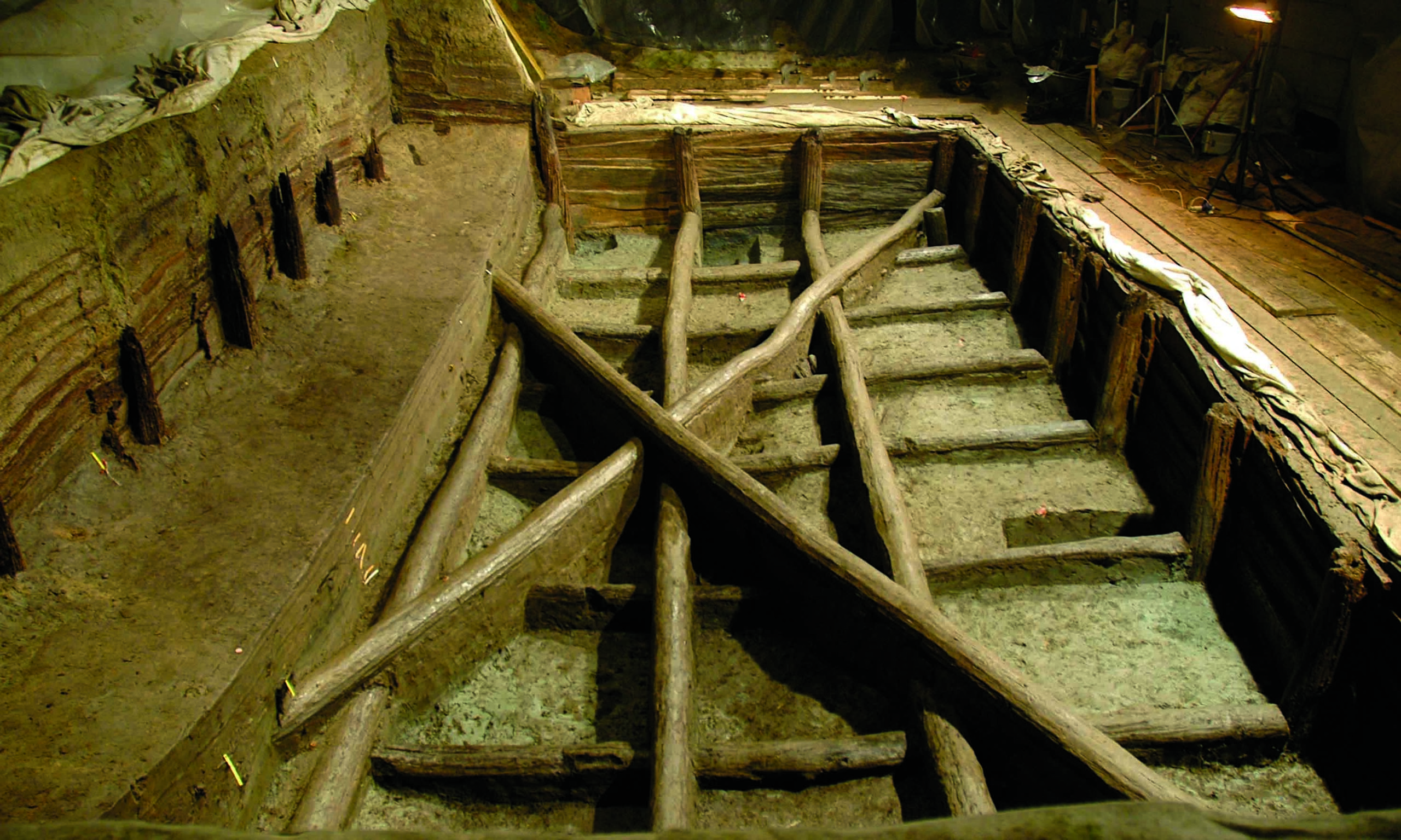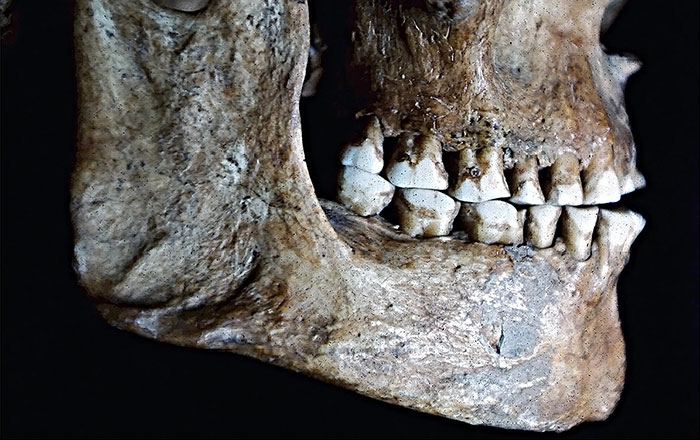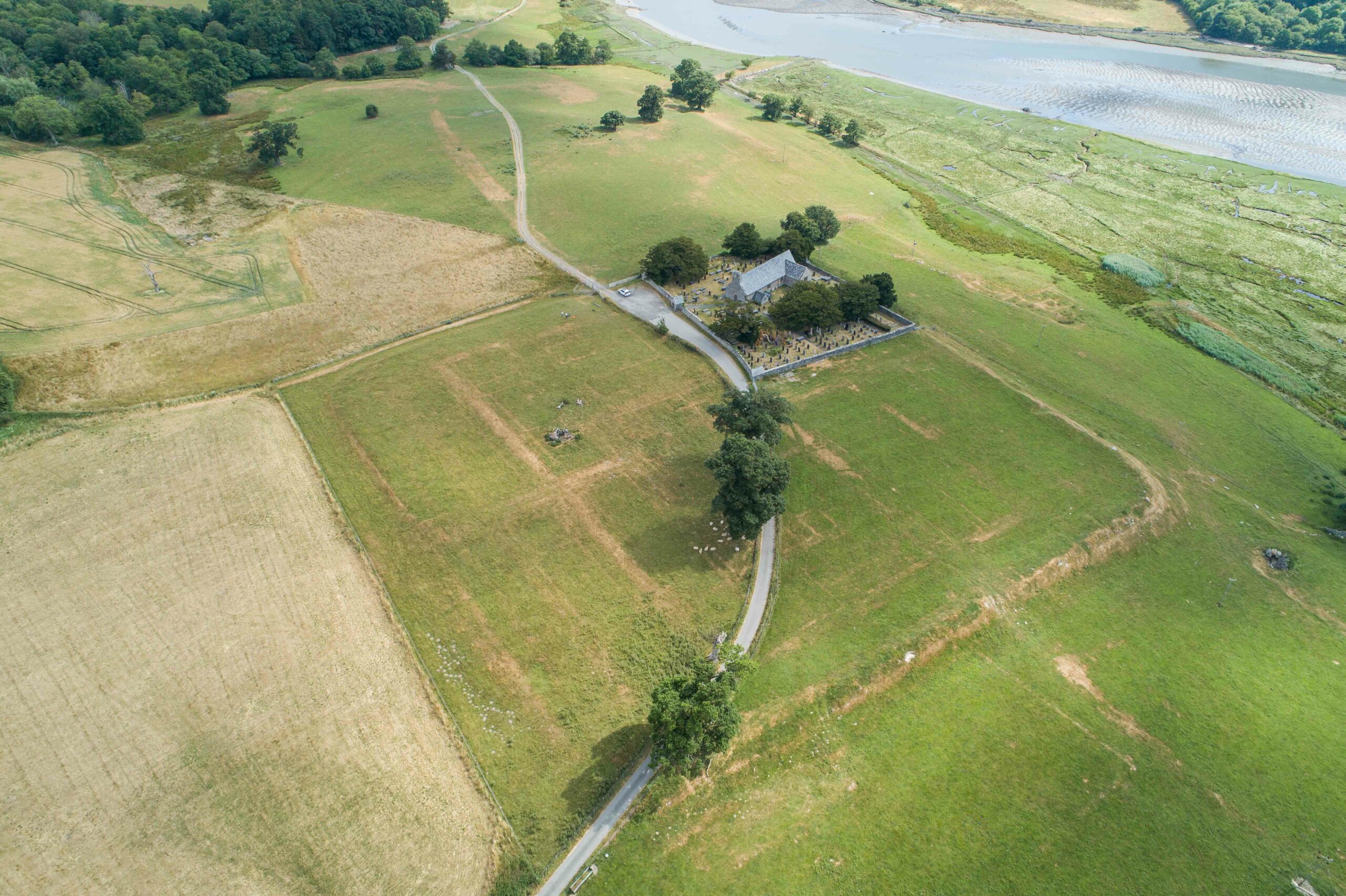
LEICESTER, ENGLAND—According to a Live Science report, geologist Carys Bennett of the University of Leicester led a study of chicken bones unearthed at archaeological sites around London, in order to investigate how chickens have changed over time at the hands of humans. Bennett says these differences can be seen in the bones of the small chickens raised in Roman-era London, the slightly heftier domestic chickens bred during the medieval period, and the chickens now raised on modern factory farms—which are four or five times larger than those that lived as recently as the 1950s. “It’s astonishing,” Bennett said. Modern domesticated chickens grow so rapidly, she added, that their bones are more porous than those of wild chickens. Future archaeologists, she claims, will be able to interpret chicken fossils in the archaeological record as a telltale sign of industrialized society, along with traces of plastics, fertilizers, and the byproducts of burning fossil fuels. For more on the domestication of chickens, go to “Fast Food.”










